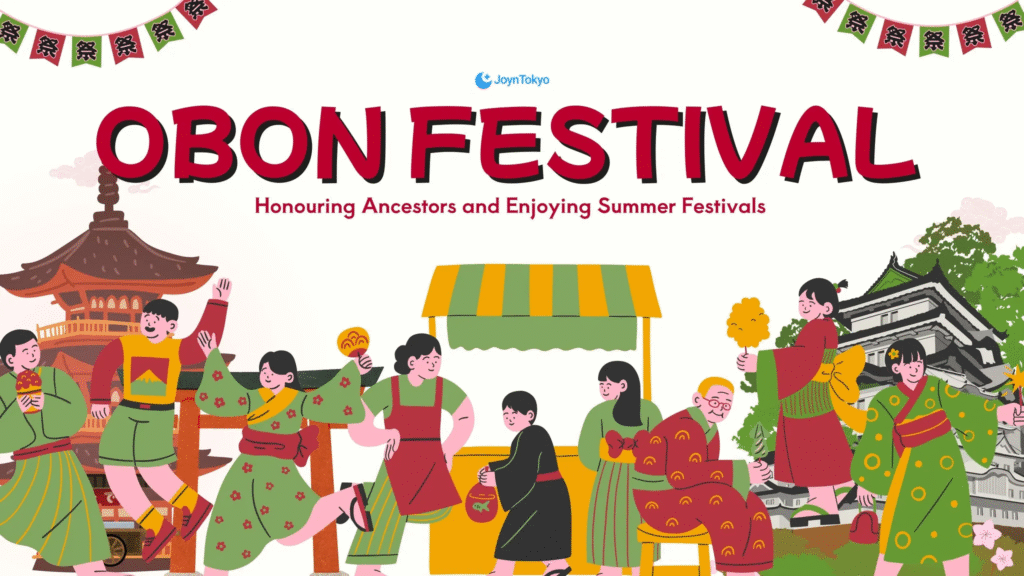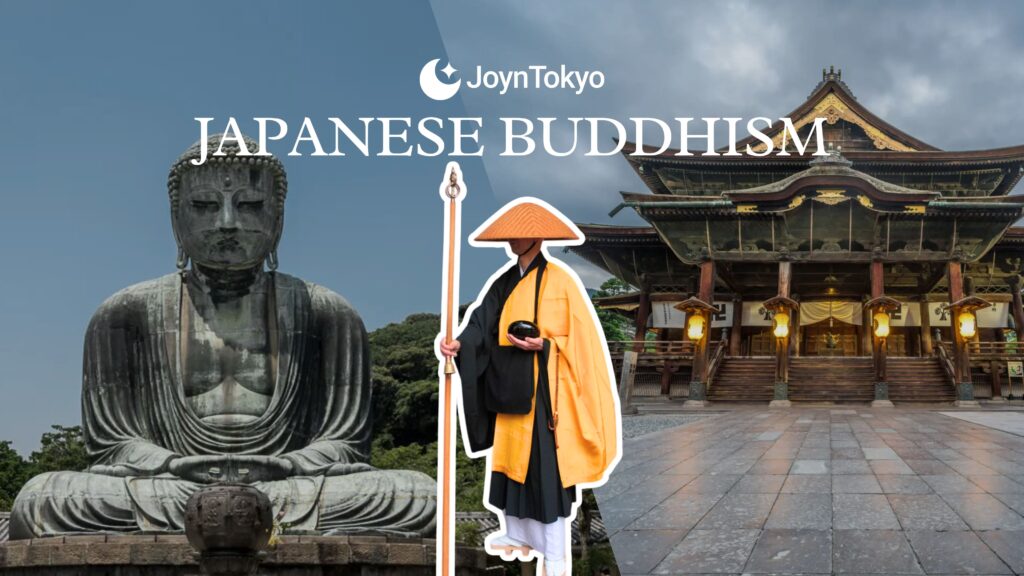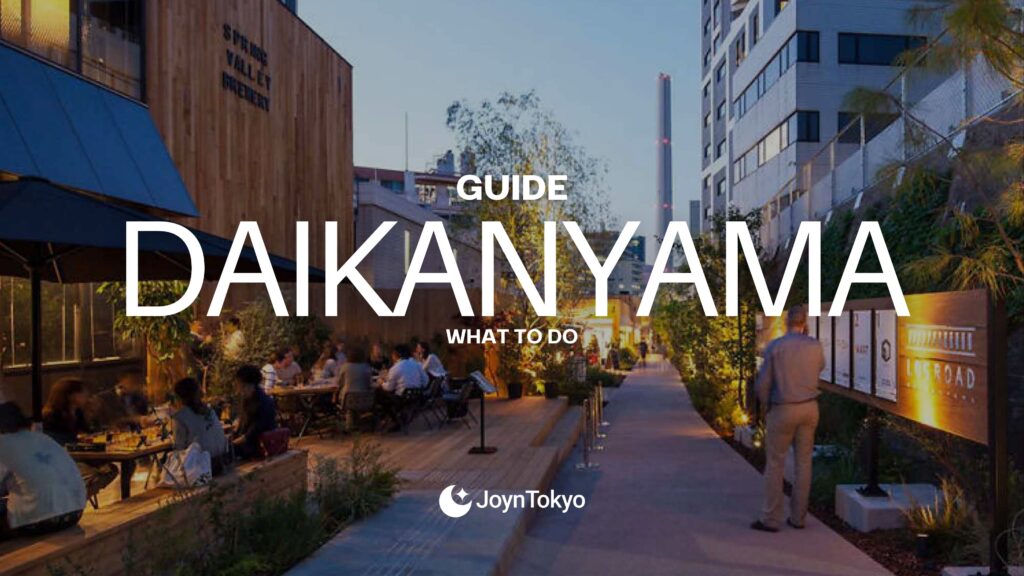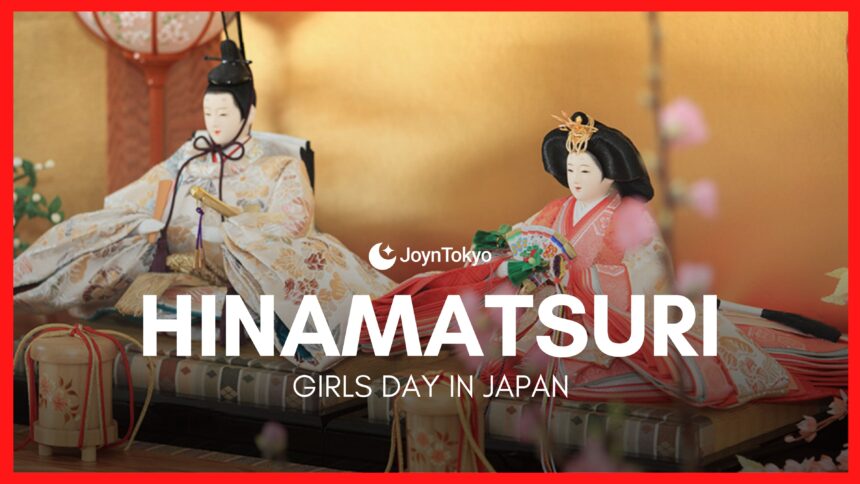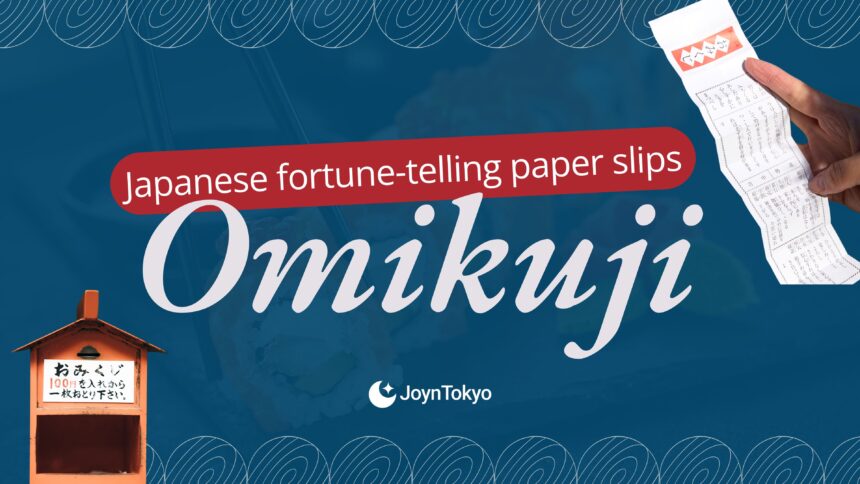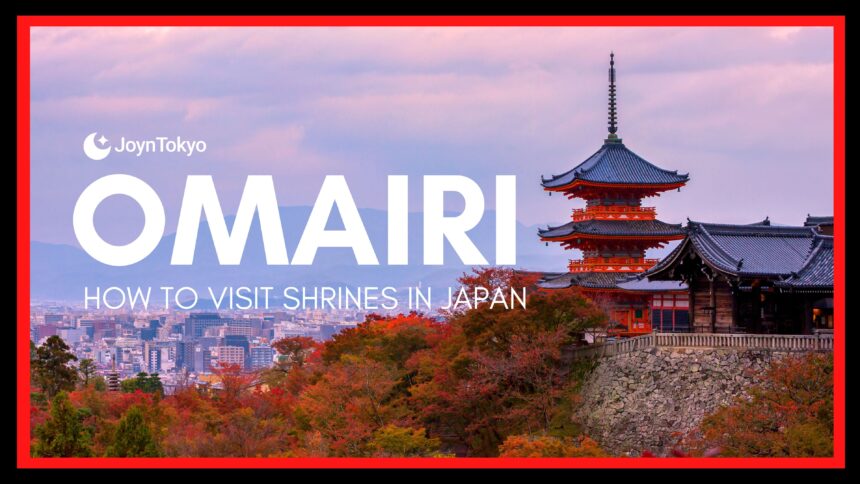Japan is — as those who live here, who visit, or those who want to do either will know — a nation where tradition and ritual are a part of everyday life. From remembering to say “ittekimasu!” when leaving the house to bowing in gratitude, small gestures like these are part of both the glue that holds the country together, and the grease that moves it along.
At no time is this more pronounced than at New Year’s, the most significant holiday in the Japanese calendar, rivaled only by Obon. It is this time of year that we forget the troubles of the last year, anticipate the coming twelve months, and participate in Hatsumode, the first visit to a shrine.
So, for those anticipating January 2026, enjoy our guide to the upcoming Hatsumode!
Read More
What Is Hatsumode?
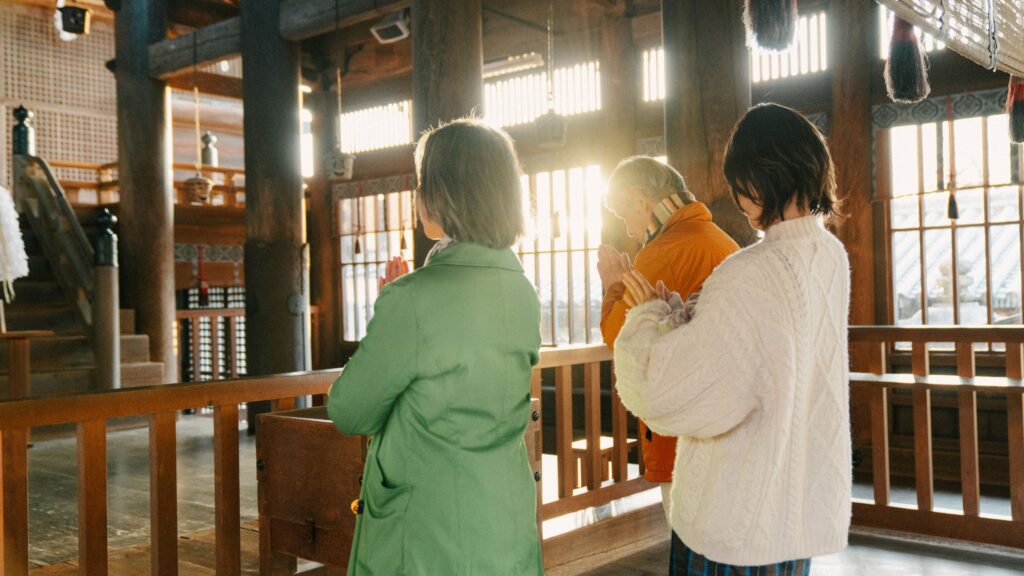
Hatsumode is the first visit to a Shinto shrine or Buddhist temple in the New Year, typically done during the first three days in January, which are national holidays in Japan. The etymology is simple: “初詣” literally just means “first shrine visit.” It is a tradition done to symbolically purify oneself of the troubles of the year before, while anticipating the joys of the year ahead.
Some dedicated Hatsumode enthusiasts participate in Ninenmairi (二年参り), where the visit begins an hour before midnight on December 31, concluding after the New Year has concluded, making it, technically, a “two year” celebration!
Popular Shrines and Temples for Hatsumode
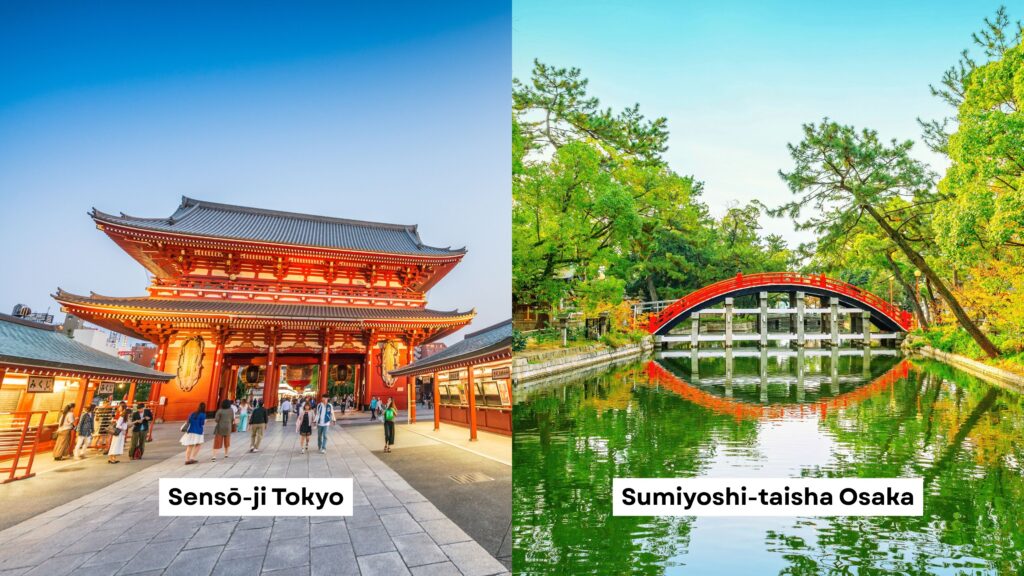
Most people will go to their local shrine for Hatsumode. After all, it’s close by, and it’s fun to be a part of your local community! However, there are a number of shrines that are particularly popular for people to visit, and so many will make the special effort.
Sensoji in the Asakusa ward of Tokyo is the most popular, where hundreds — if not thousands — of people will make the trek to show their devotion at Tokyo’s oldest Buddhist temple. When it comes to Shinto, Meiji Jingu, in Harajuku, is another popular choice, where the shrine that consecrates one of Japan’s most notable emperors and his empress becomes a place of pilgrimage for those who can visit.
Outside of Tokyo, other popular shrines for Hatsumode include Sumiyoshi-taisha in Osaka, which enshrines the legendary Empress Jingu, and is renowned for its New Year crowds. In Kyoto, people flock to Fushimi Inari-taisha, a shrine dedicated to the kami Inari, best conceived of as the God of sake, rice, tea, fertility, and foxes. In Kanagawa prefecture, Kawasaki Daishi always has huge crowds, as it is a major place of worship for those of the Shingon Buddhist faith.
Read More
Lucky Charms
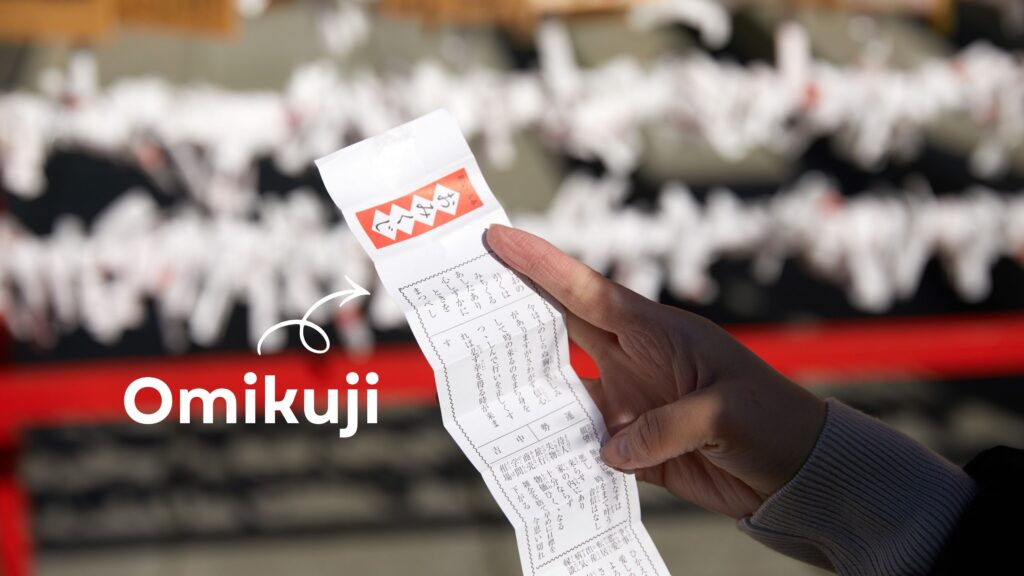
Shrines make much of their annual income during the first few days of the New Year. The honden boxes become filled with money, and visitors can take the opportunity to purchase good luck charms. These can include omikuji, which are usually as low-priced as ¥100, and foretell one’s fortune. If you draw a poor fortune, do not fret! You can tie your fortune to a tree, so the bad luck stays with the fortune.
You can also buy omamori, small pouches that are believed to contain good fortune, and protect the bearer from ill. Ofuda can also be bought, made of paper or wood, to invite deities of good fortune into the home, as well as hamaya, arrows said to pierce the hearts of evil spirits.
These charms, however, have a shelf-life: one year. When you go to your next Hatsumode, remember to bring last year’s charms so that they can be laid to rest and burned in a purification ritual.
Tips for Enjoying Hatsumode in 2026
Hatsumode is an important part of Japanese New Year social life, but always remember: first and foremost, it is a social occasion. Many enjoy getting dressed up nice to get into the spirit of things. This might mean kimono if you have one, or just putting on your Sunday best.
Remember also, though, that while Hatsumode is a fun social occasion, it is also important and holds major religious importance. Make sure to enjoy yourself respectfully: don’t be too loud or too silly — just a little bit!
Here endeth the lesson on Hatsumode. We hope that you will usher in 2026 at a shrine of your choice, enjoy being part of the crowd, and enjoy the best of luck for the year ahead!


